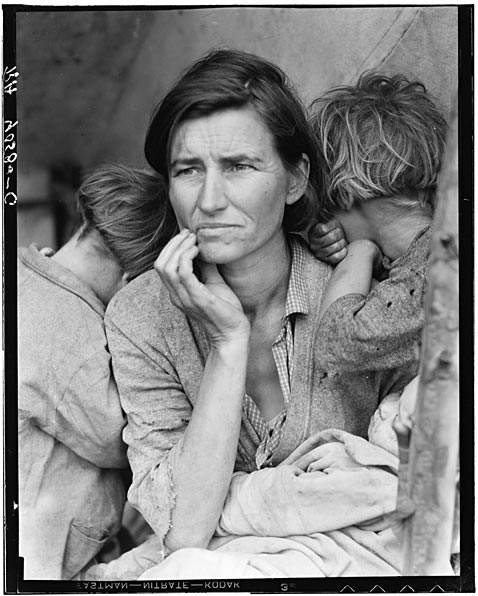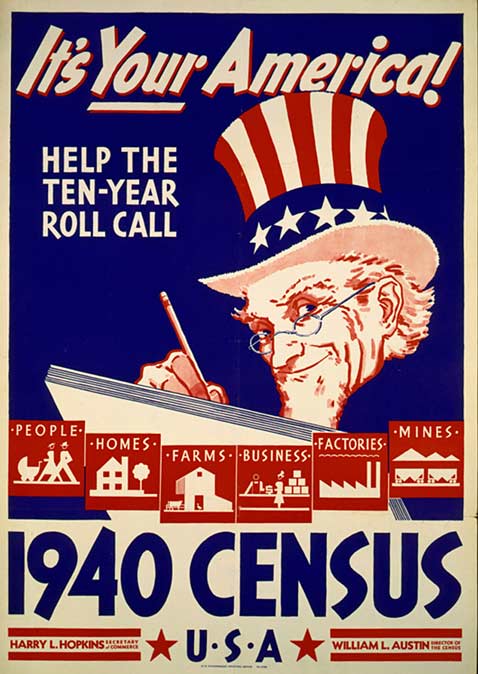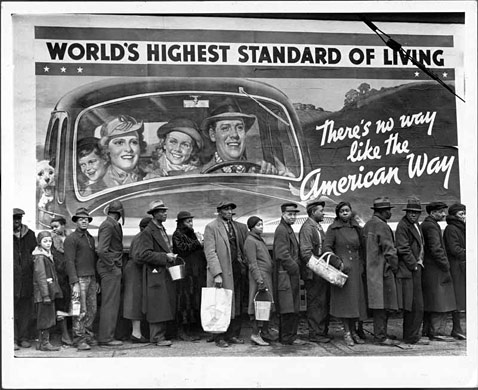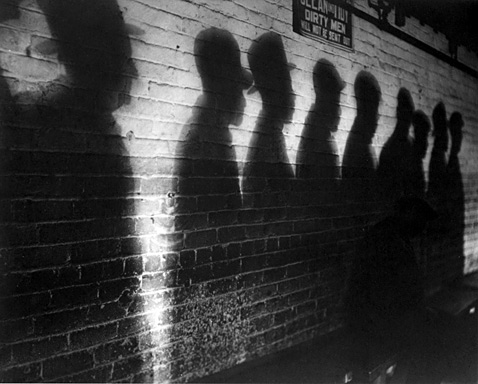Snapshot of a Decade
The decade preceding the United States' entry into World War II was a time of economic hardship that touched the lives of a great many Americans. Soon, the intimate details of 132 million people who lived through the Great Depression will be disclosed when the U.S. government releases the 1940 census to the public on April 2.

Migrant Mother ? Florence Owens Thompson, 32, and her children in February or March of 1936 in Nipomo, Calif. They were living destitute in a pea-pickers camp because of the failure of the early pea crop. (Dorothea Lange)

A poster for the 1940 Census is shown. Veiled in secrecy for 72 years because of privacy protections, the 1940 U.S. Census is the first historical federal decennial survey to be made available on the Internet initially rather than on microfilm. (Library of Congress, Prints & Photographs Division/AP Photo)
Scholars hope the massive trove of information will provide a snapshot of the lives of millions of Americans as they struggled with homelessness, migration and widespread unemployment.

Louisville Flood Victims ? African-American flood victims line up to get food and clothing from a Red Cross relief station in front of billboard ironically extolling The American Way in January 1937. (Margaret Bourke-White/Time & Life Pictures/Getty Images)

A long line of jobless and homeless men wait outside New York's municipal lodging house for a free dinner in this 1932 photo. (AP Photo)
The release of the records will be a "great contribution to American society" according to Harvard University Professor Henry Louis Gates. "It's such a rare gift, especially for people who believe that establishing their family trees is important for understanding their relationship to American democracy, the history of our country, and to a larger sense of themselves."

Dust Bowl - Dallas, South Dakota, 1936 ? Farming equipment is shown buried by dirt in a barn lot in Dallas, S.D., in this May 1936 photo. A severe period of drought and dust storms added to the hardship of Great Plains residents during the Depression. Millions of acres of farmland became unusable, forcing dispossessed families to migrate west to California in search of work. (United States Department of Agriculture)

Shadows of men waiting on a bread line are cast on a wall in Cincinnati, Ohio, in 1930. (Paul Briol/Cincinnati Museum Center/Getty Images)
In January, about three dozen people gathered in Manhattan for a meeting of the MetroNY Genealogy & Computers Special Interest Group to discuss the census. They included Michelle Novak, who has spent six years searching for information about her paternal grandfather, but has no street address to help locate him.
Novak, 43, said family members recalled him as a heavy drinker who worked long hours for the Pennsylvania Railroad and abandoned his family in the early 1930s.
But the few records she has been able to find include a signature in a railroad pension book. She believes the 1940 census might hold additional answers.
"If I can find one record, anything, it may help," she said in an email after the meeting. "Even if I find him in jail or deceased, at least I will have an answer."